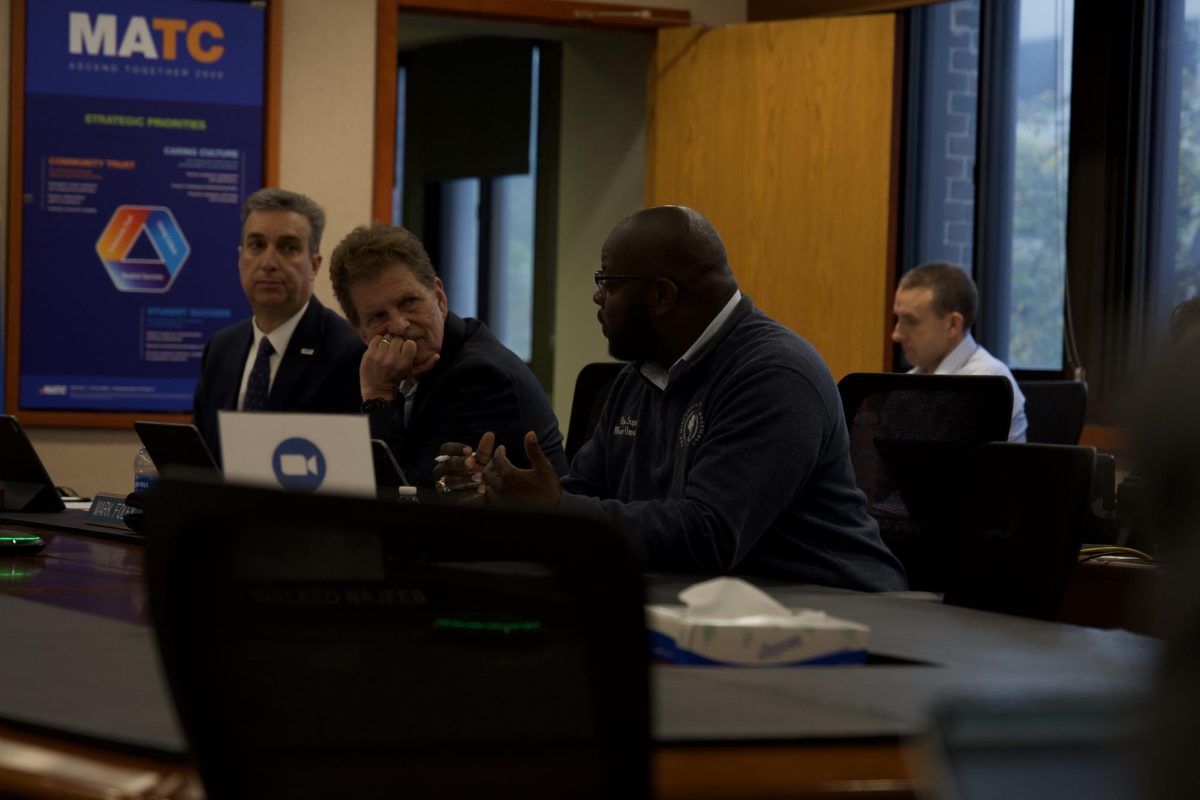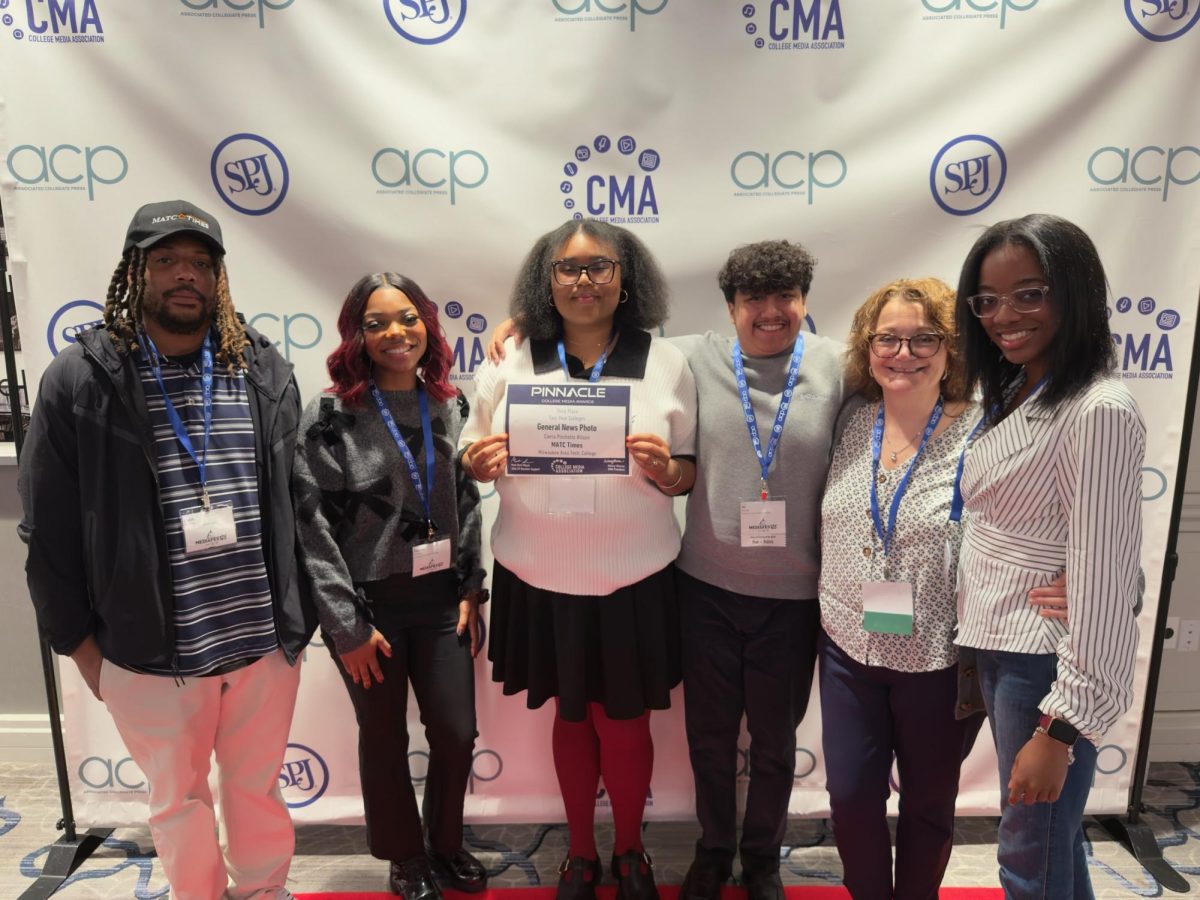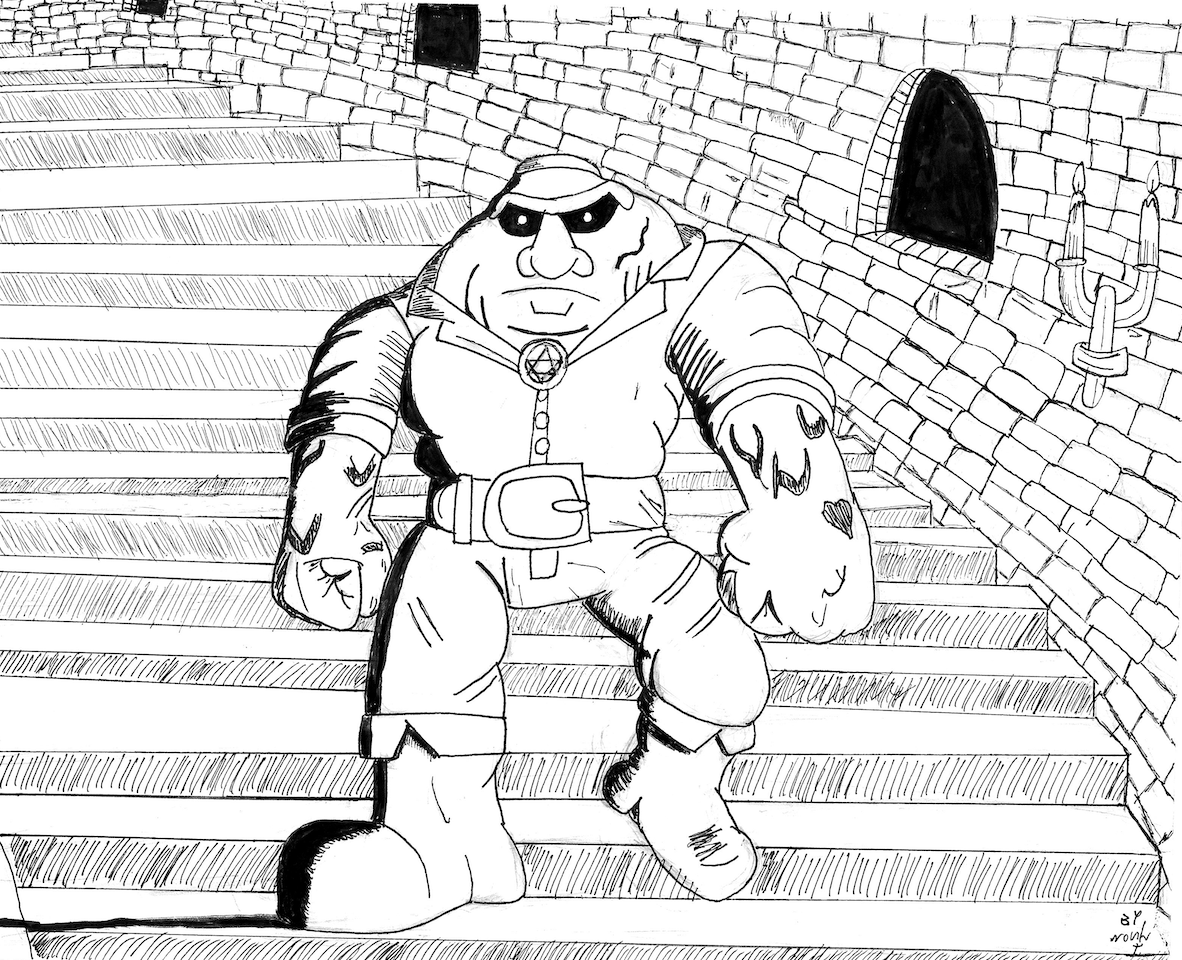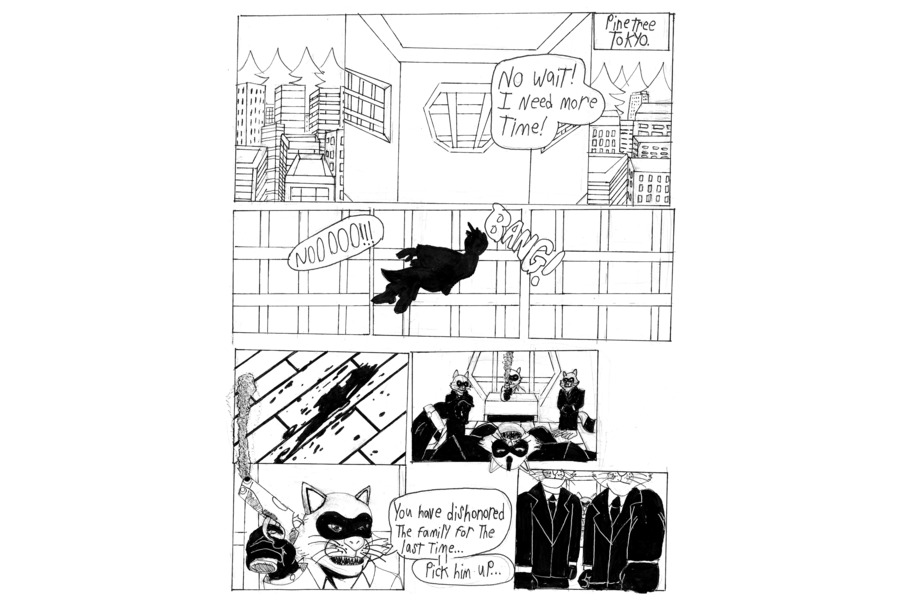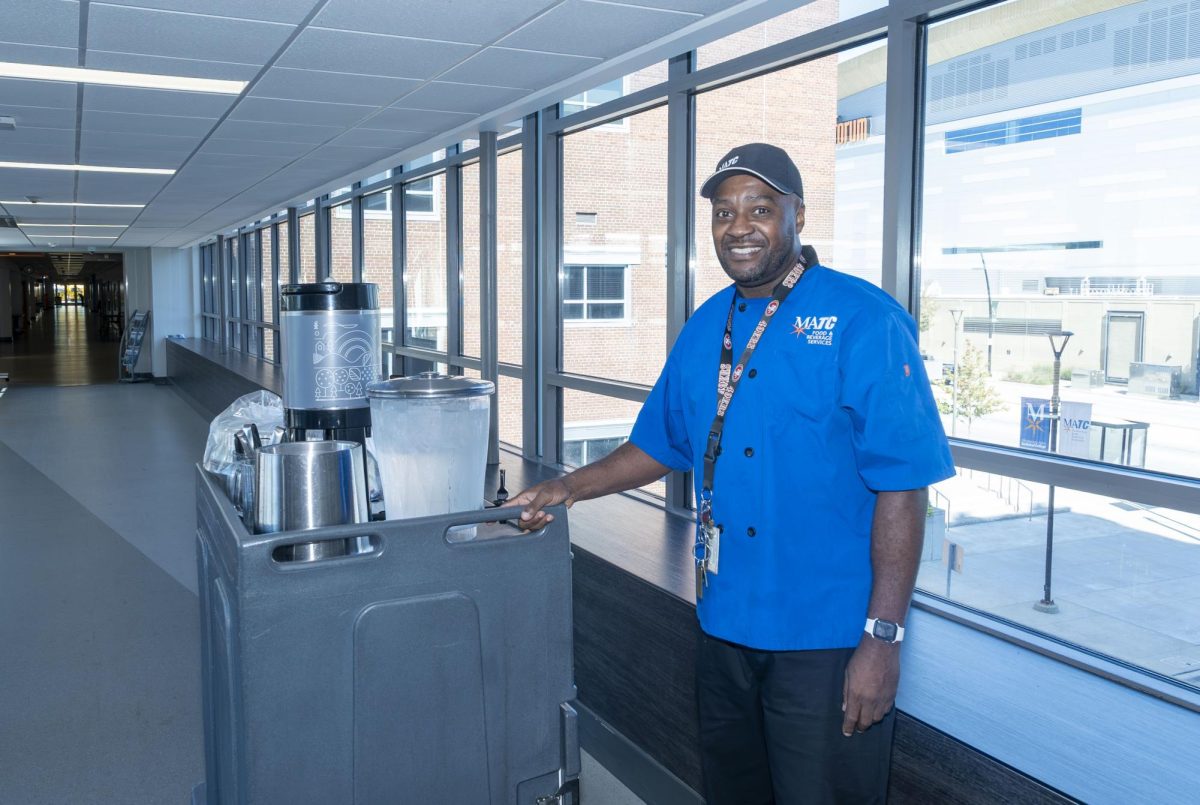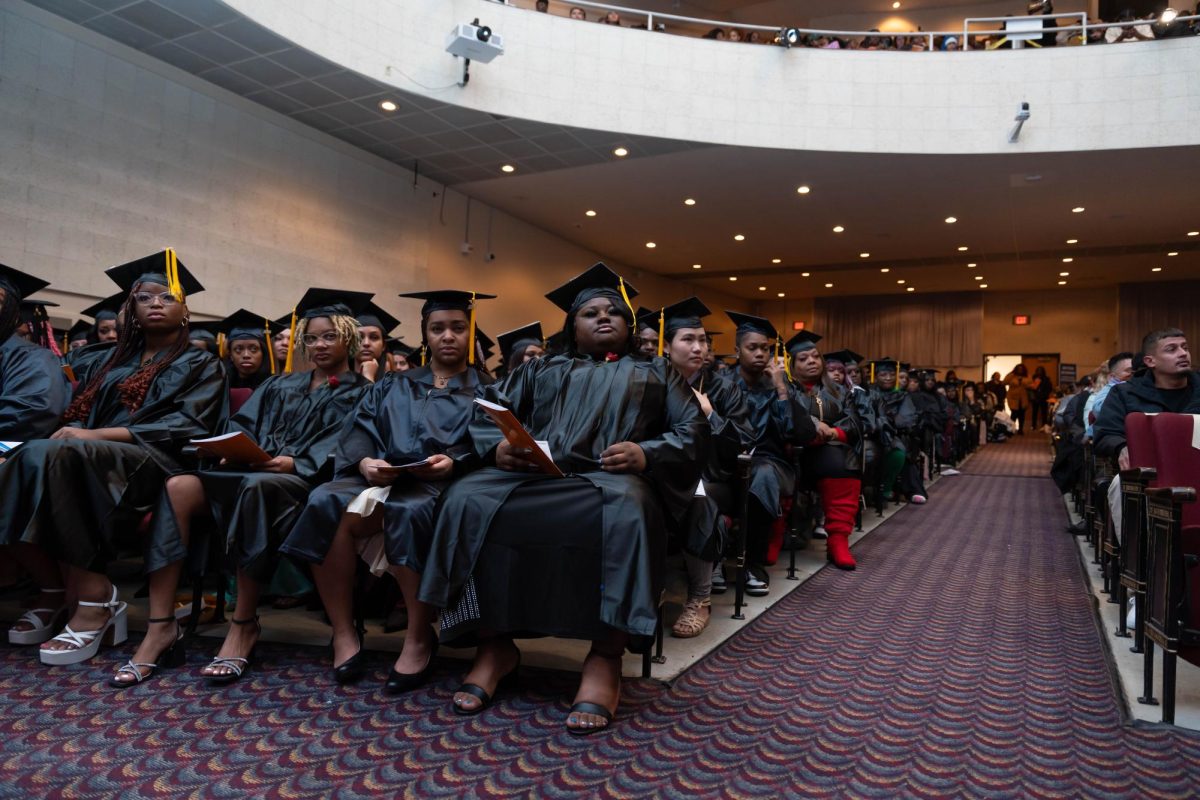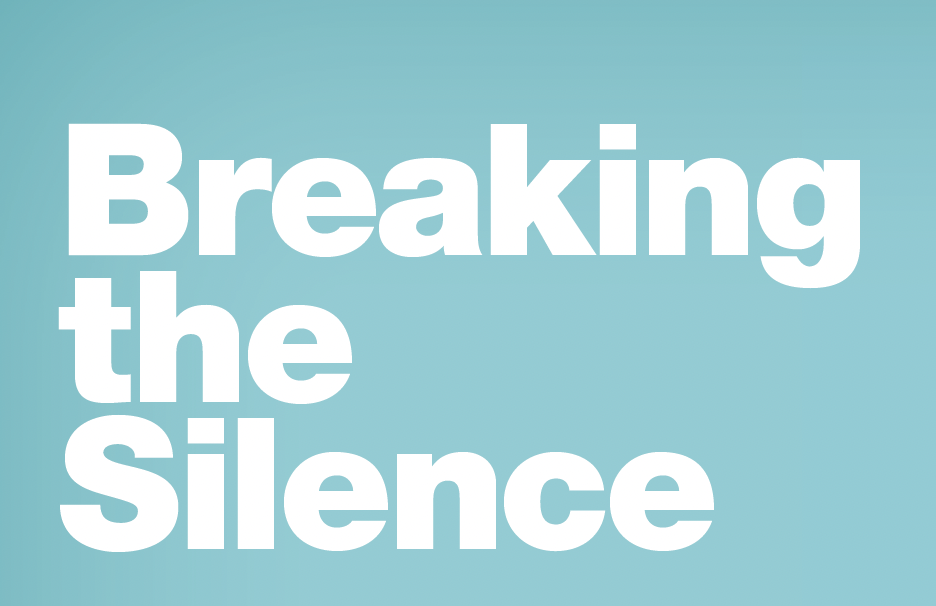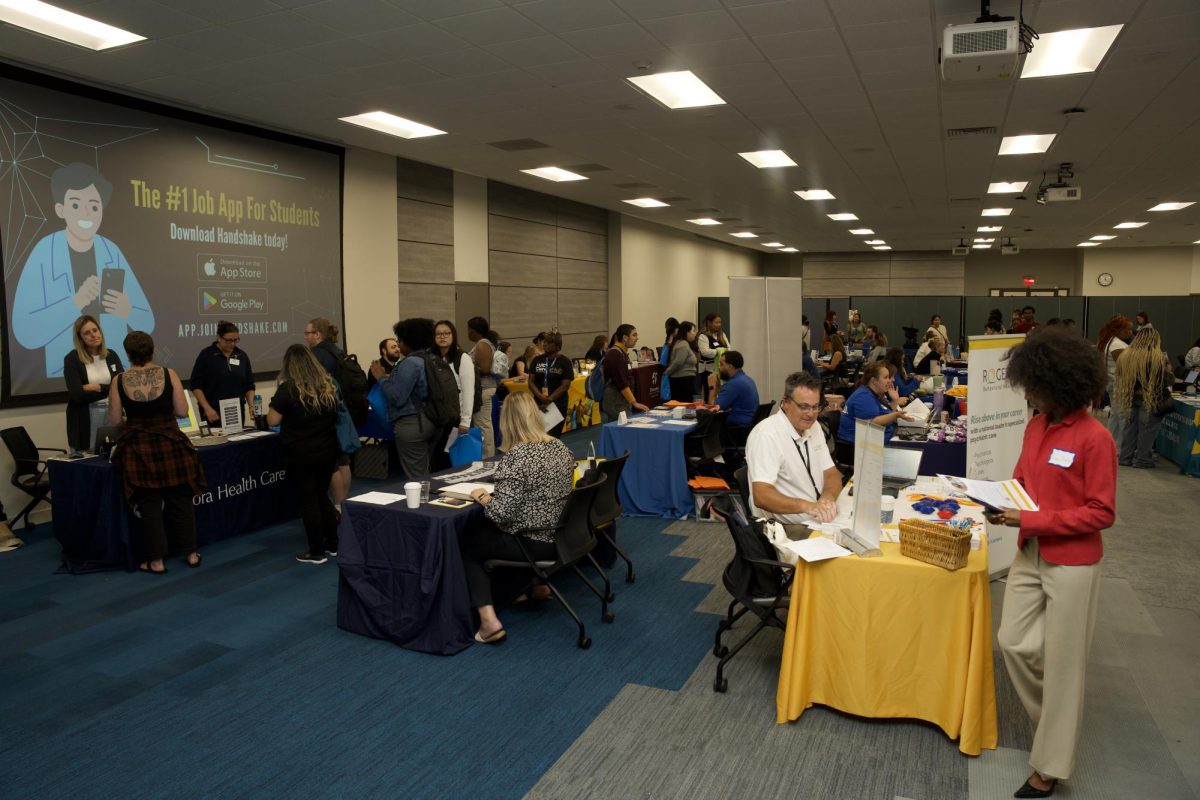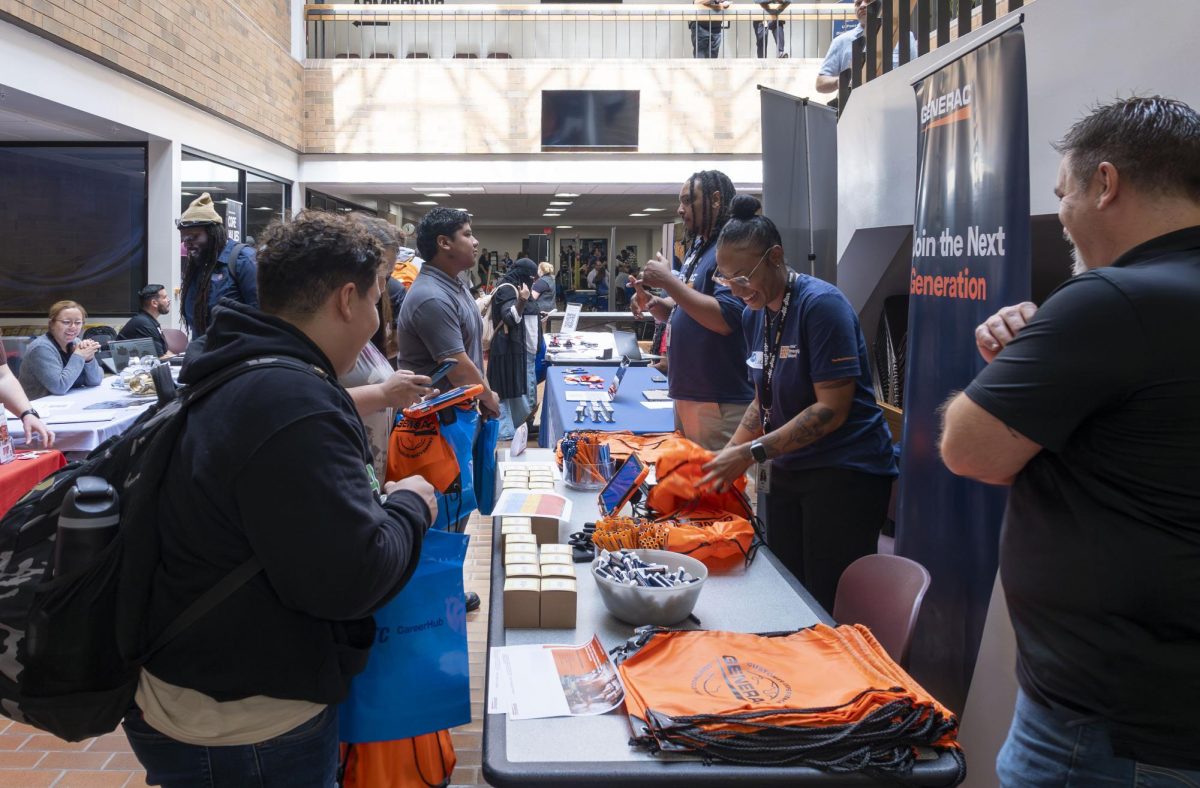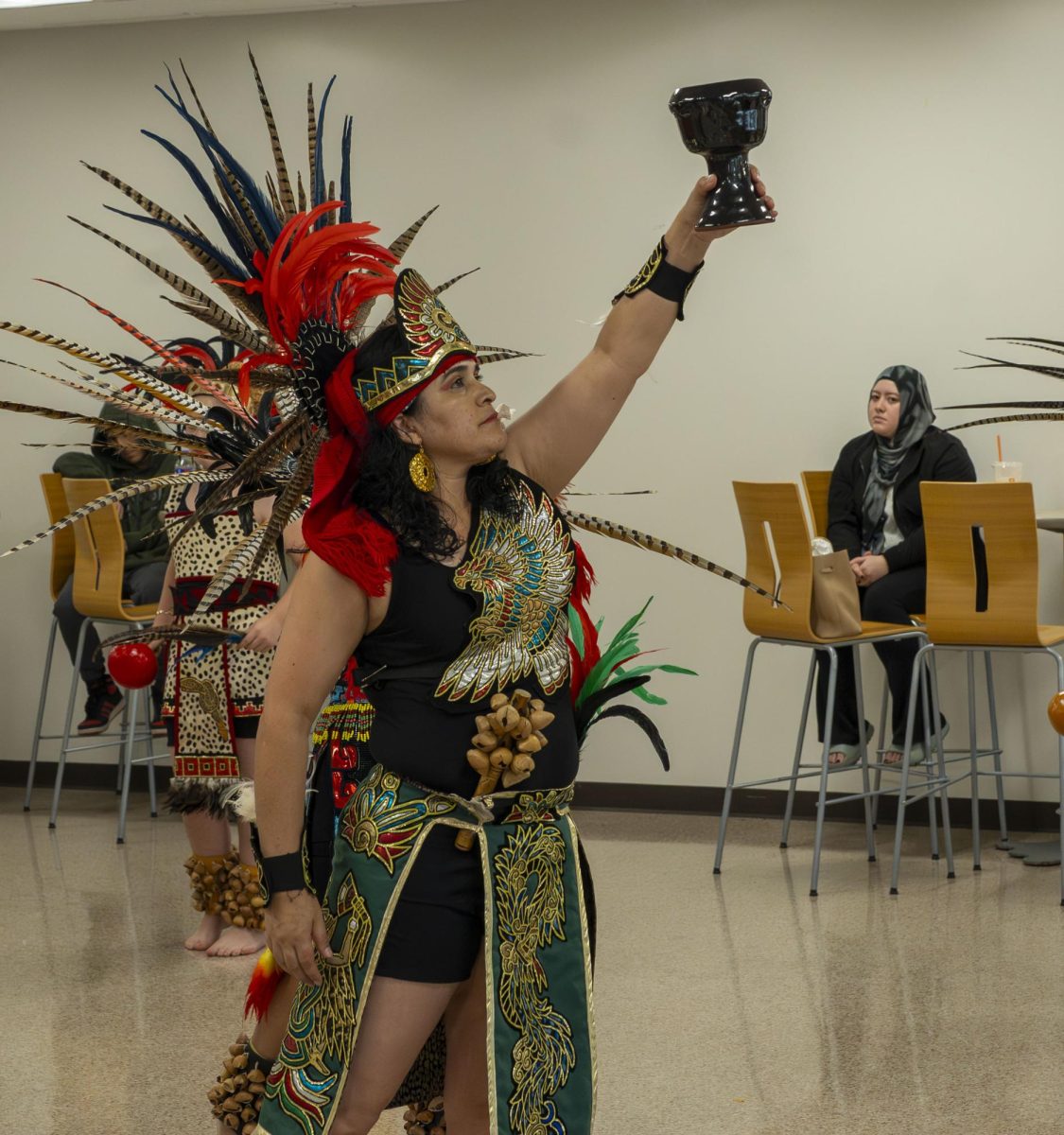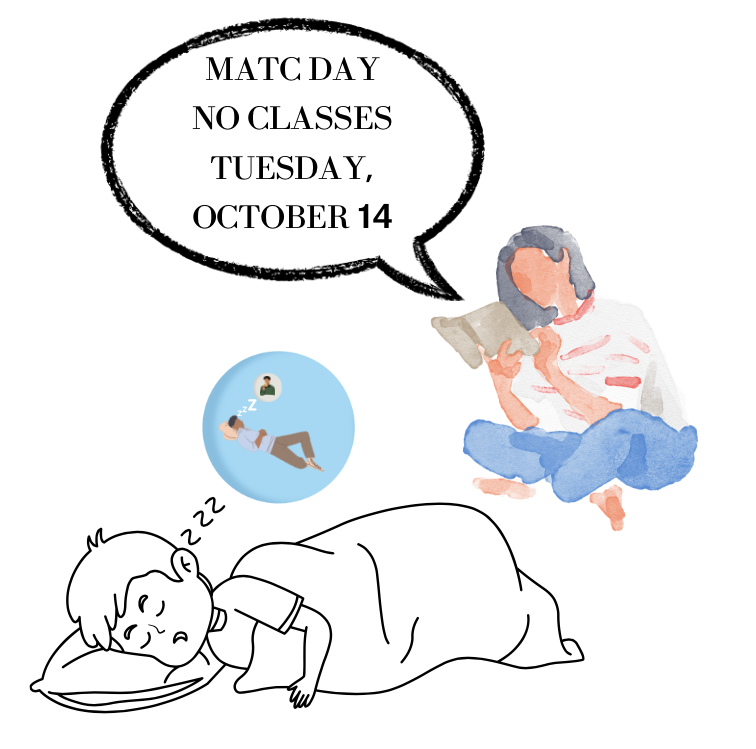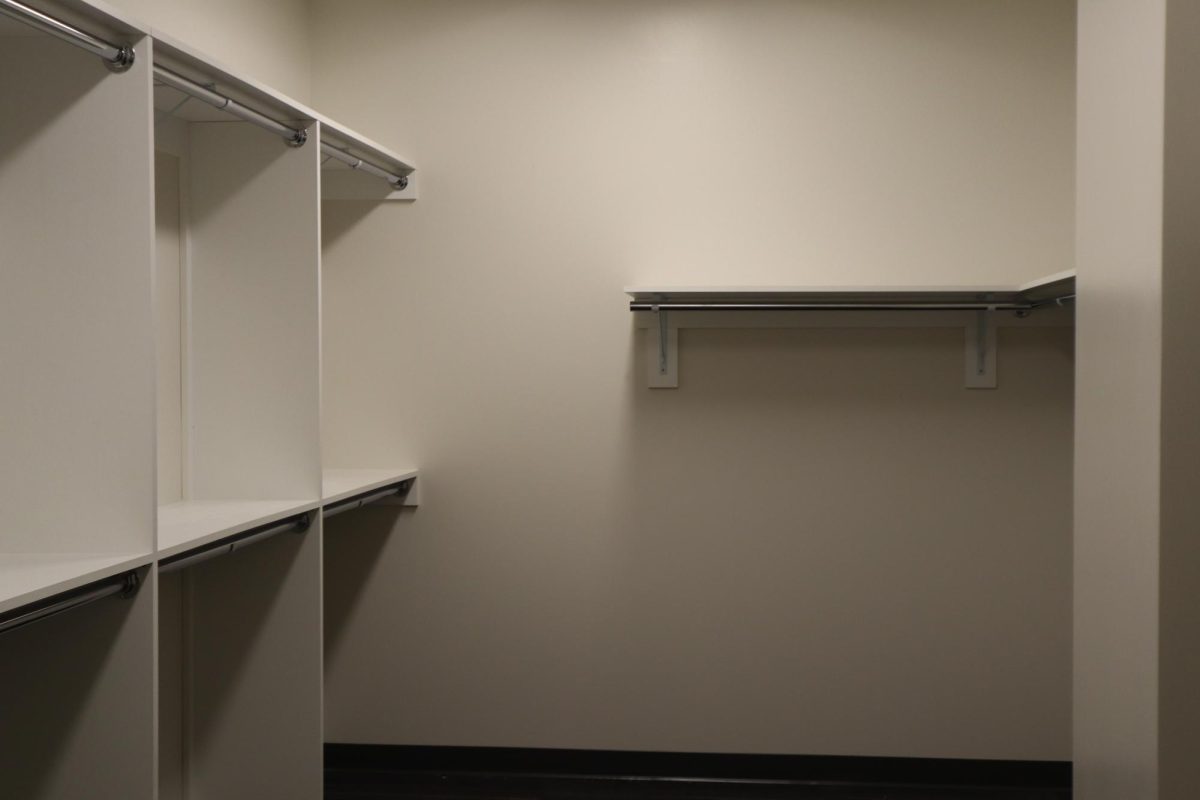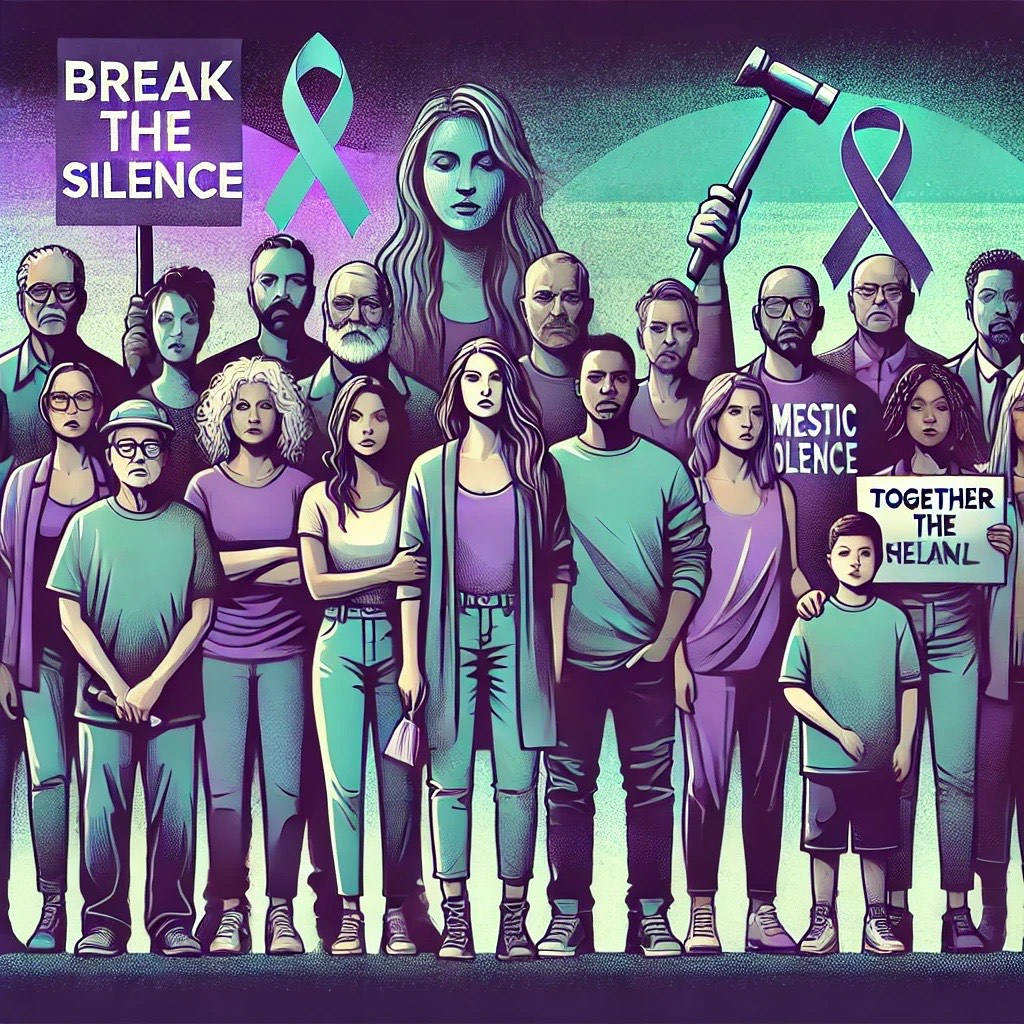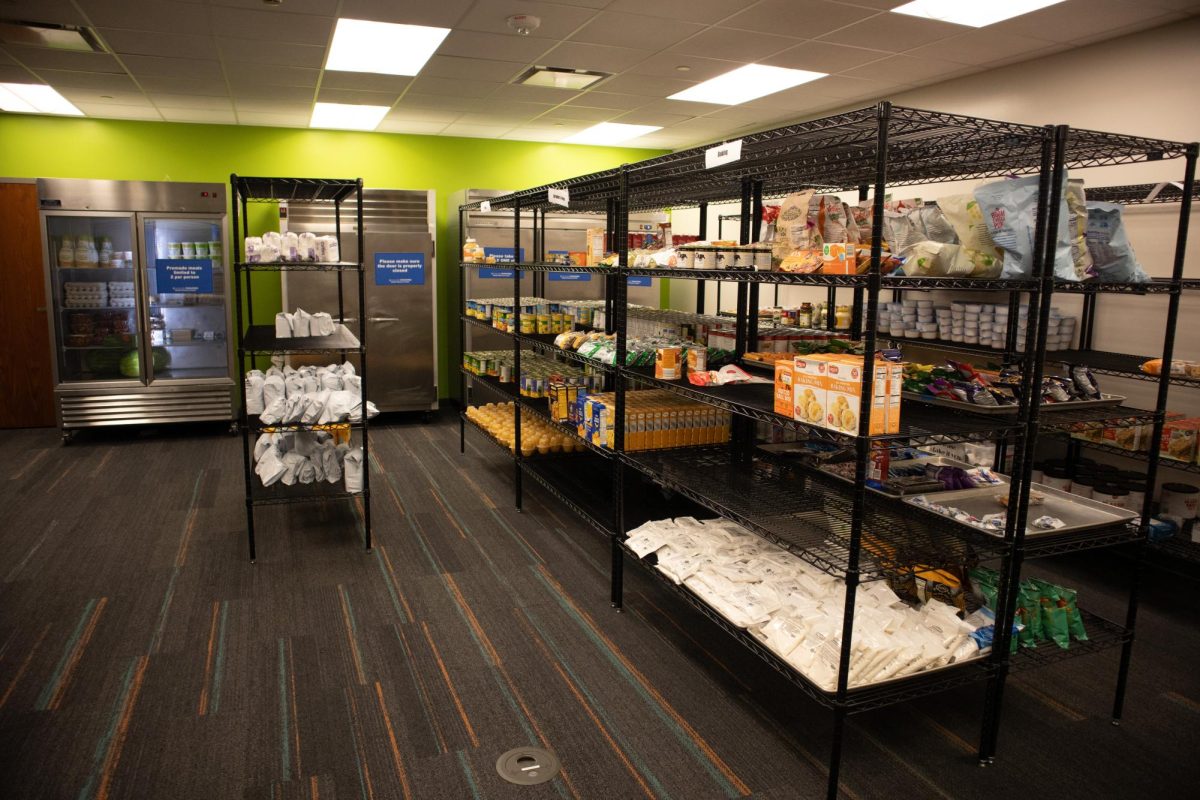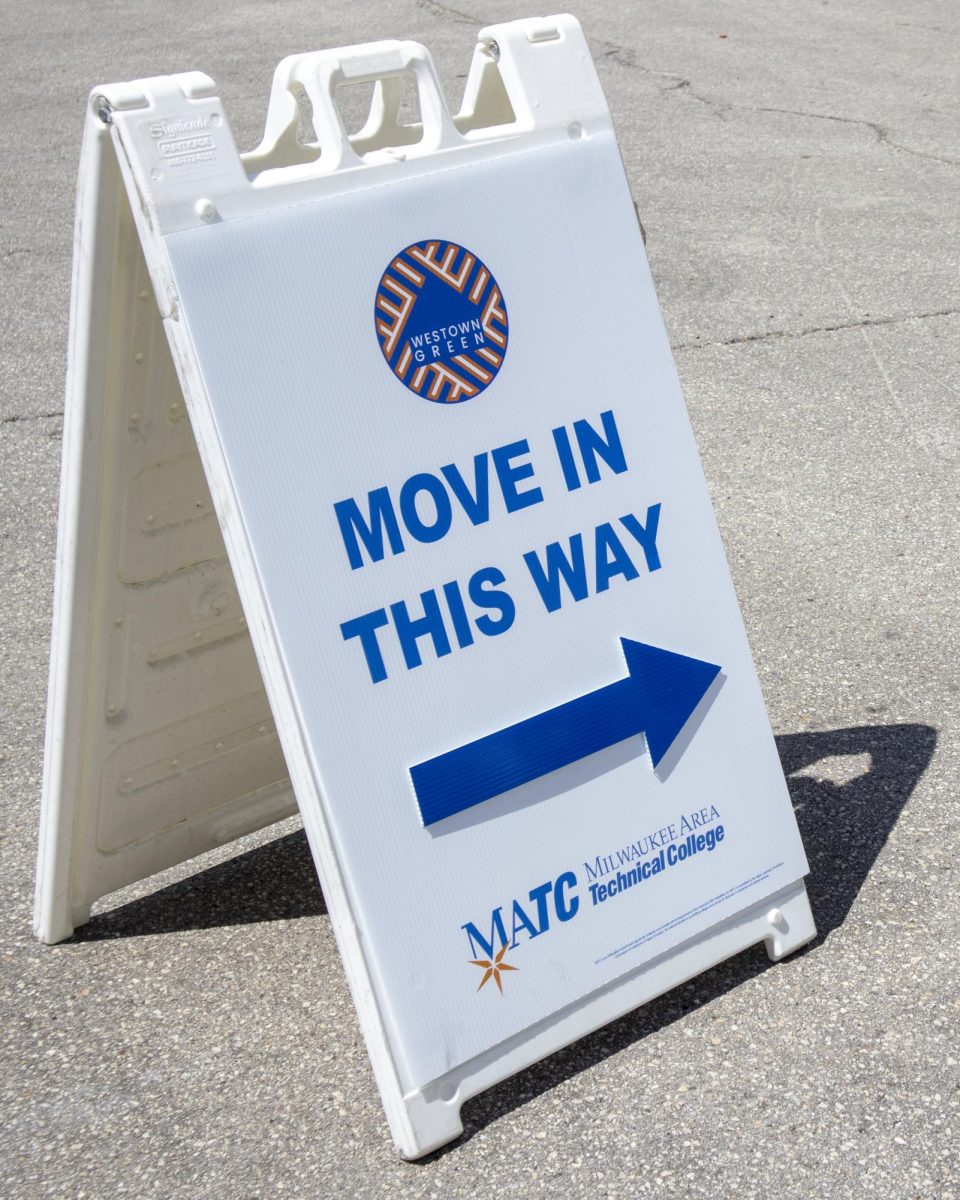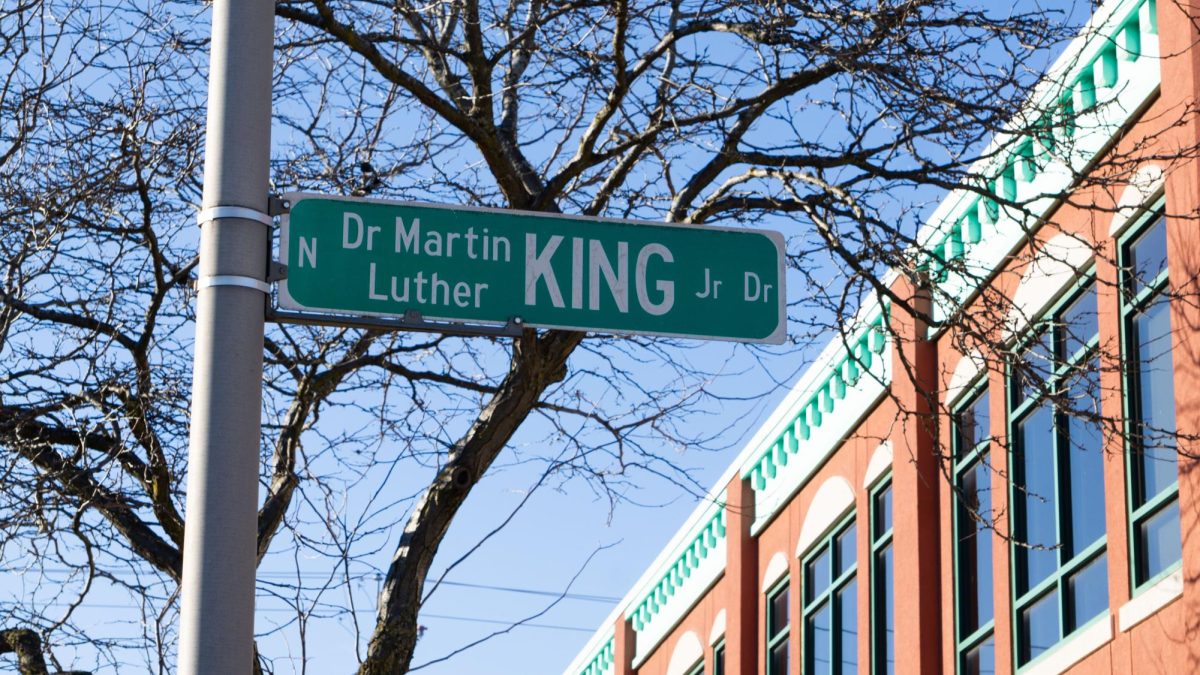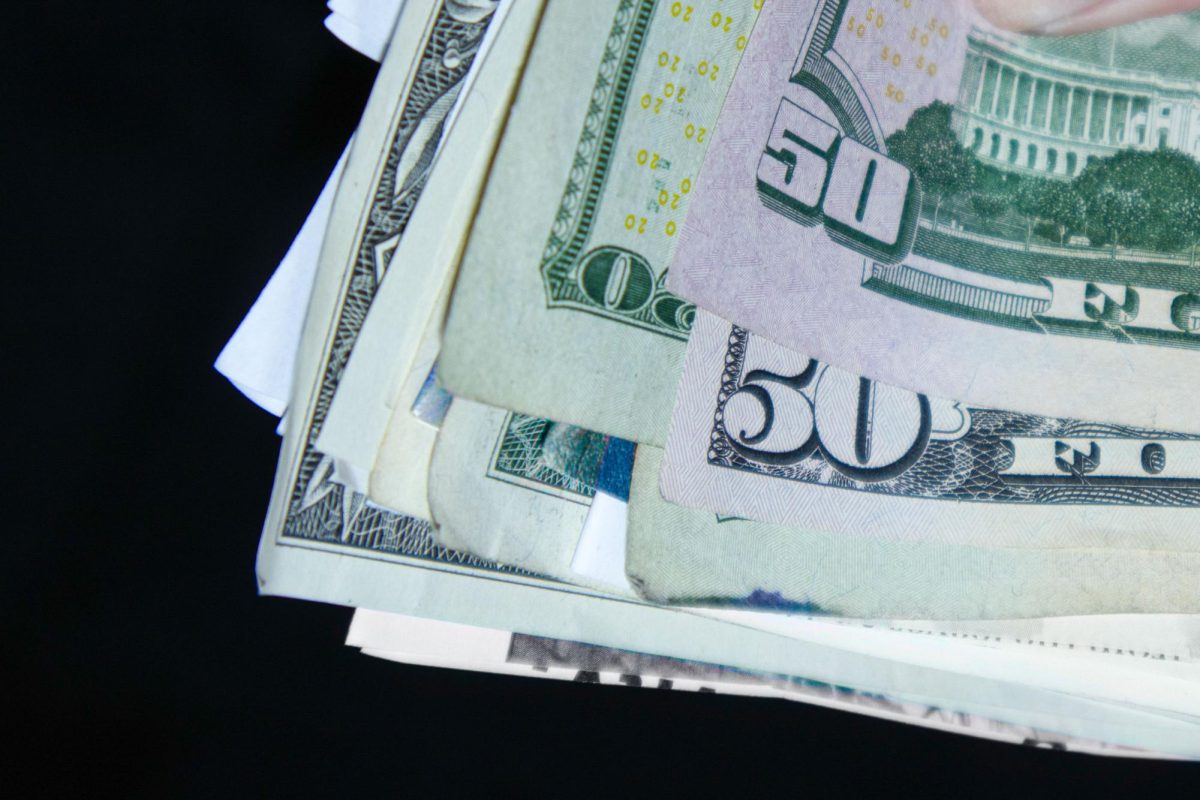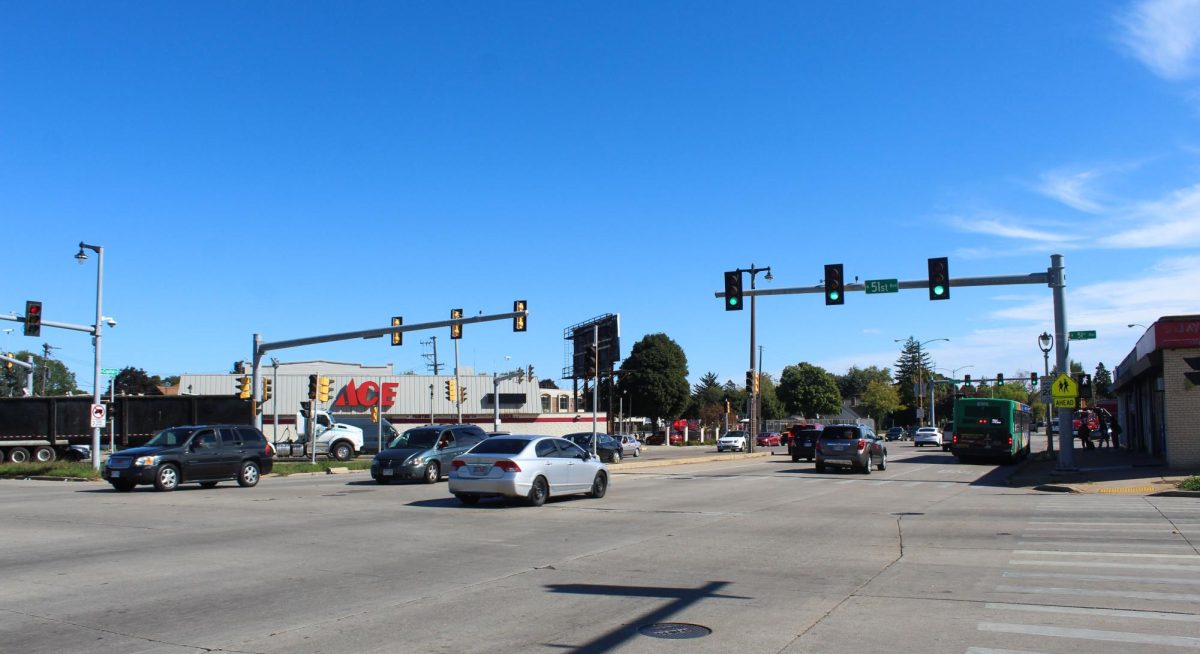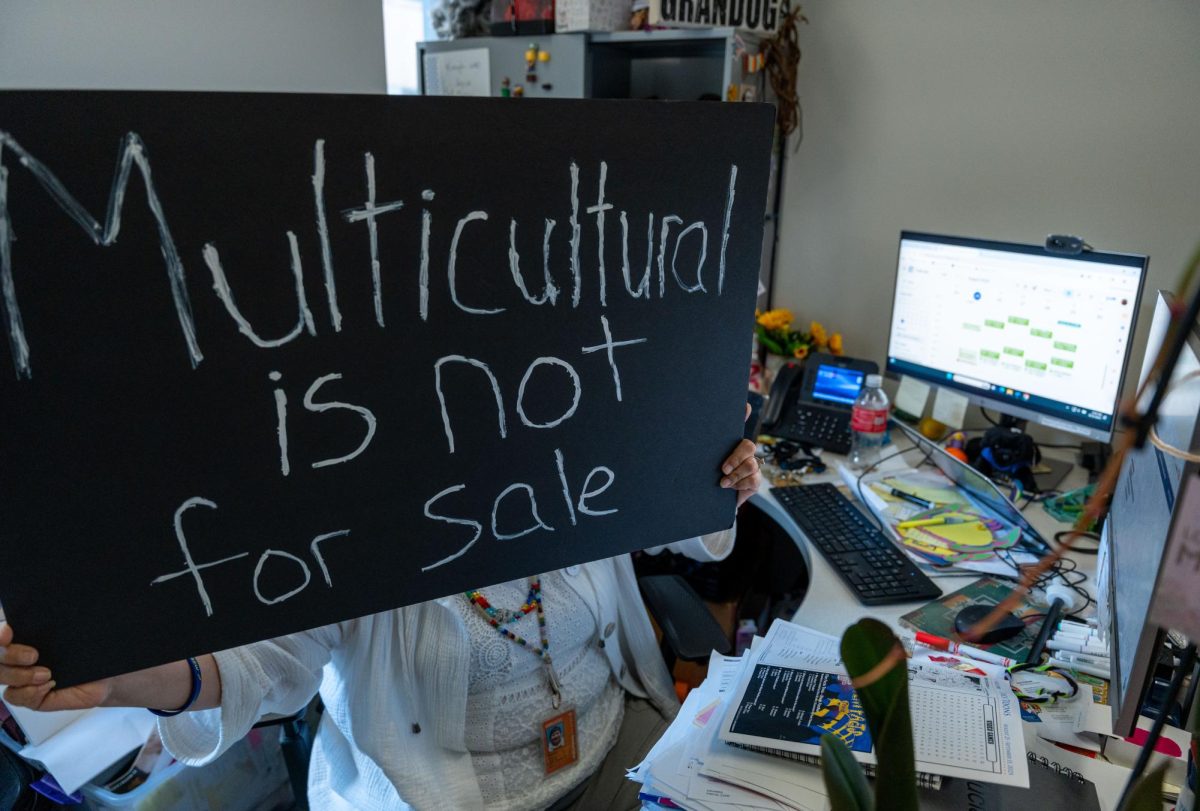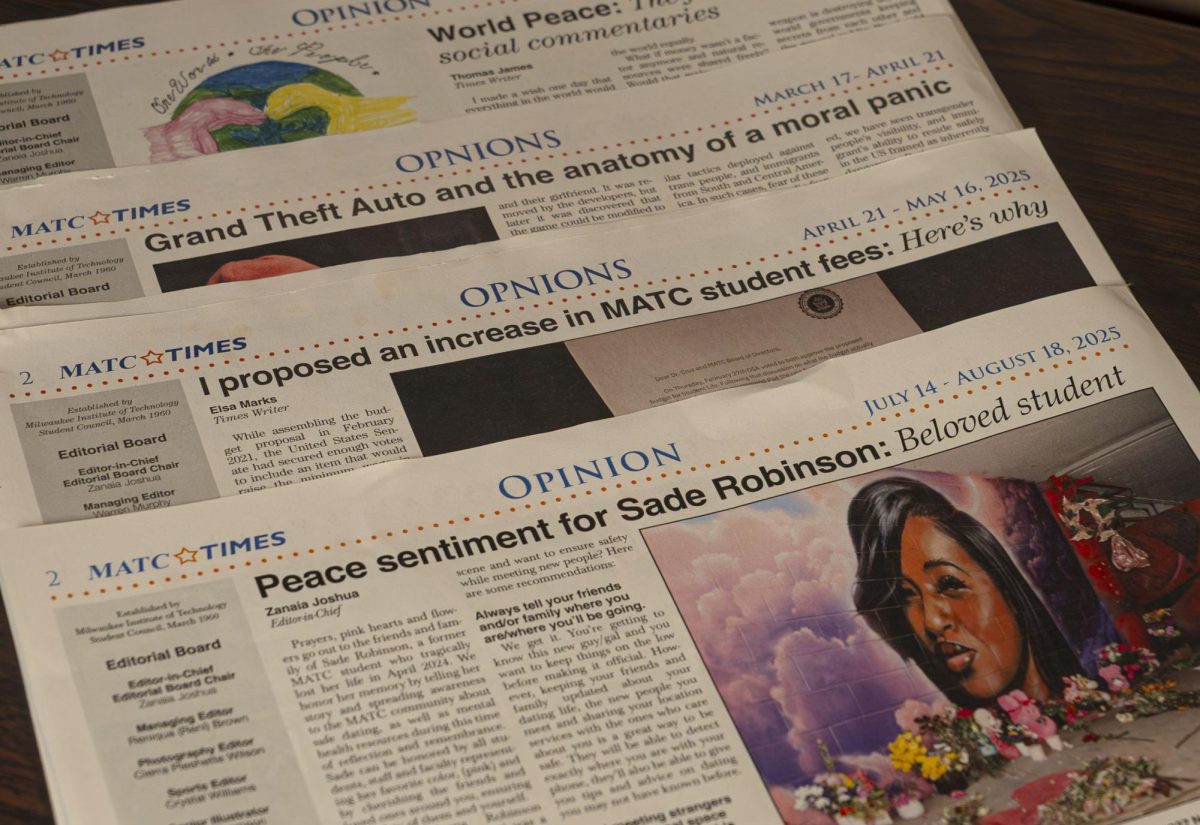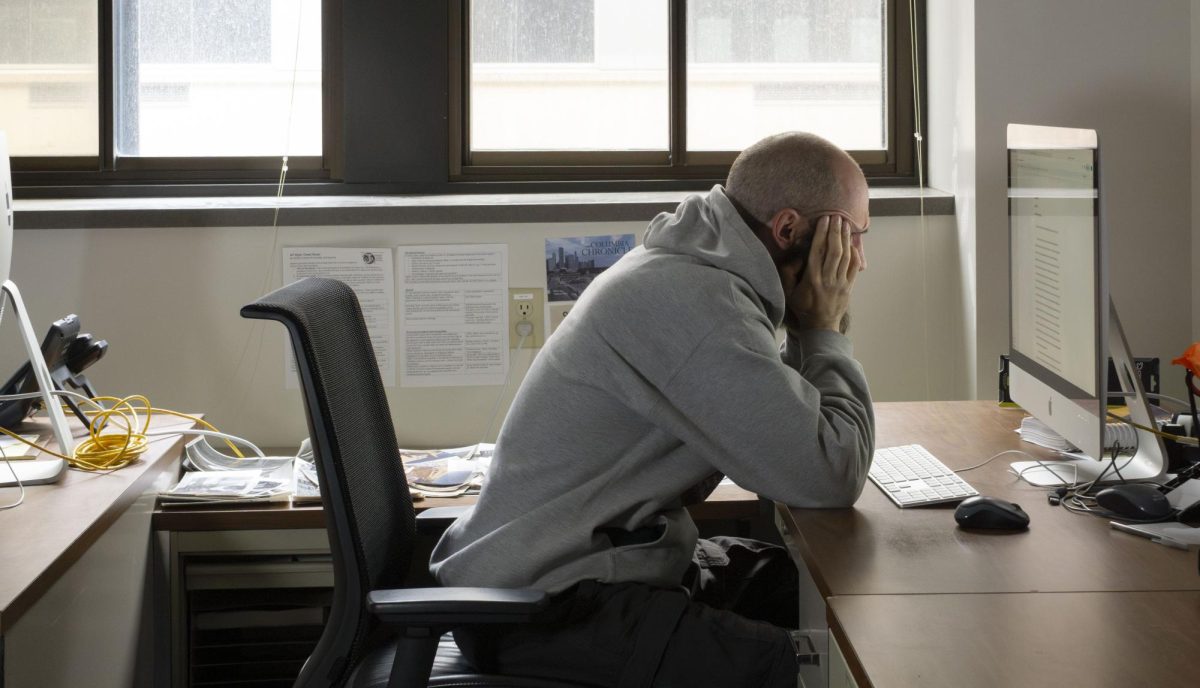In early August, the president of the United States attacked Illinois’s policy that ended cash bail in the state. It is not within his constitutional powers to undermine a state law like this, so perhaps the matter is not worth considering. However, it does give us an opportunity to discuss something that has gone criminally under-analyzed: the policy of cash bail.
When a person is arrested, they are taken to jail until they are proven innocent in a court of law and are then released, or they are convicted of the crime. Bail is the process by which a detained suspect can bargain for their freedom between their detainment and their court date. This process has existed in the United States for as long as the country has been around, and the Eighth Amendment specifically prohibits the use of “excessive bail.”
At the federal level, bail practices have shifted over the course of the country’s history. While early communities were tight-knit, judges could count on social pressure to ensure that suspects showed up to their scheduled trial. However, with westward expansion, courts were more likely to ask for bail from suspects they had reason to believe would attempt to skip town. It was not until the Bail Reform Act of 1984 that judges were encouraged to set bail in cases where they perceived the suspect might reoffend before the trial.
This change is subtle but staggering in its significance. The dominant narrative for those in favor of cash bail is that the system protects communities by detaining dangerous criminals. Knowing the history of bail in the United States allows us to not take that perspective for granted. Do we have reason to believe that suspects of a crime will then turn around and commit another offense as though nothing happened? And if so, why do we think that? Furthermore, where does due process factor into these pretrial detentions (another critically important discussion recently thanks to the expansion of Immigration and Customs Enforcement)?
According to Spurgeon Kennedy, vice president of the Crime and Justice Institute, “There’s nothing out there that shows a correlation or a connection of any sort between increasing the rates of pretrial release and the rates of crime.” What we do know about crime rates is that on average they are trending downward over a 40-year period, despite certain spikes. Amidst this progress, people are more likely to respond “yes” to the question of whether or not crime is increasing. This feeling that crime is all around us, increasing, and that jailing suspects will keep us safer is seemingly all based on “vibes.”
What we do have data to back up is that cash bail overwhelmingly harms communities. There is a wealth of research from think tanks like the Brennan Center that points out that cash bail disproportionately targets people who are poor, and specifically those who are Latino and Black. We know that people who are innocent and detained before trial are more likely to take plea bargains, and we know that people who are incarcerated for extended periods are likely to lose their jobs and homes and are less able to support themselves and their families. We didn’t even get into how cash bail is a multibillion-dollar industry that profits from this system!
Illinois made the decision to end cash bail as part of the SAFE-T Act. It followed other states, such as New Jersey and Alaska. Chicago’s crime rates have fallen over the past two years, and the president has no reason to assert that the new policy has hurt the state. In fact, the greater evidence ultimately supports that Wisconsin should join our southern neighbor and abolish cash bail as well.

